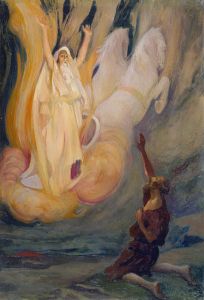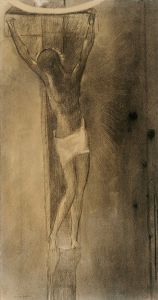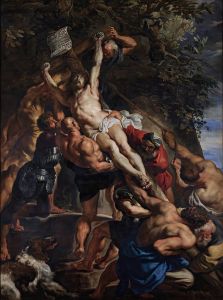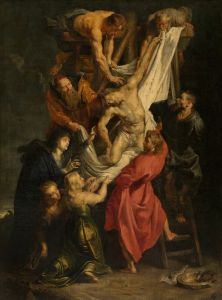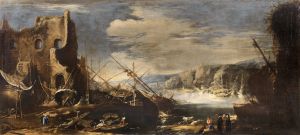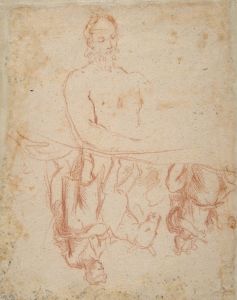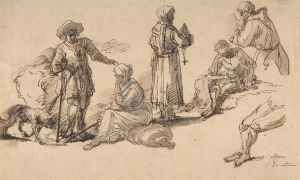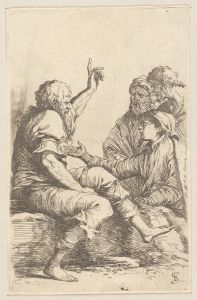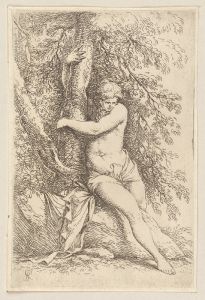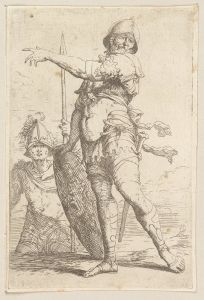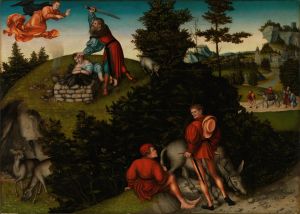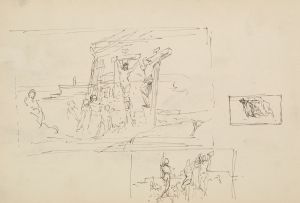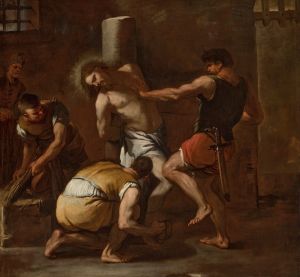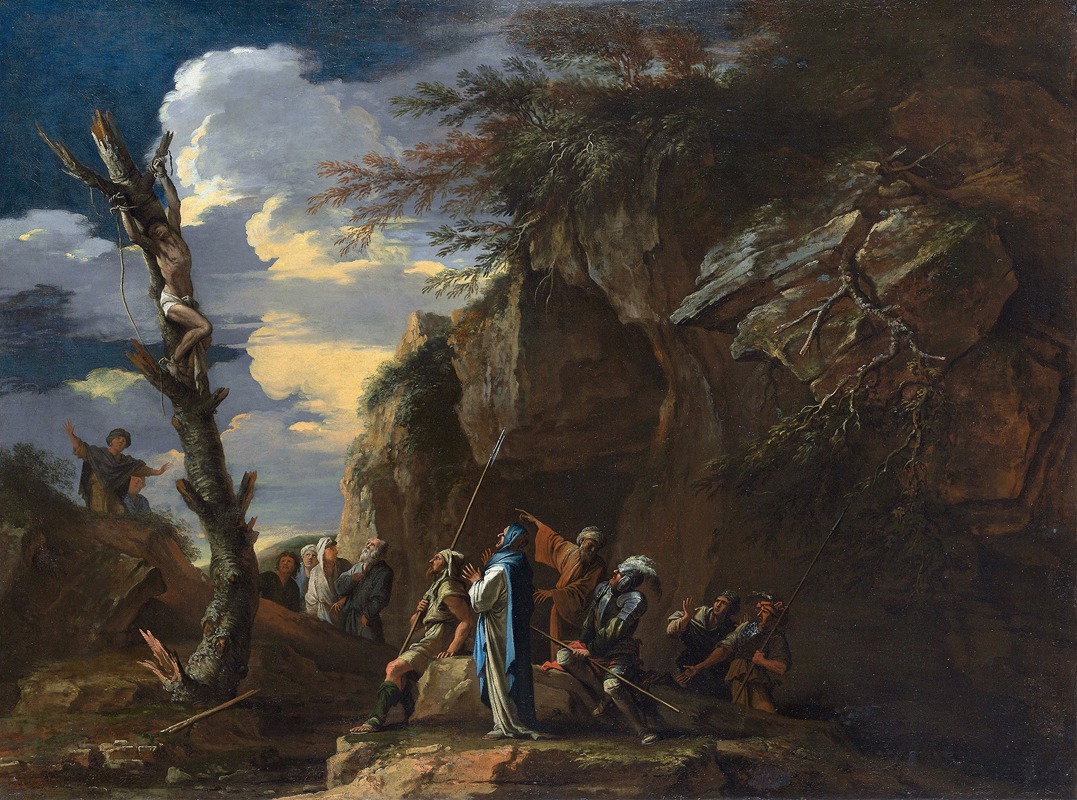
Polycrates’ Crucifixion
A hand-painted replica of Salvator Rosa’s masterpiece Polycrates’ Crucifixion, meticulously crafted by professional artists to capture the true essence of the original. Each piece is created with museum-quality canvas and rare mineral pigments, carefully painted by experienced artists with delicate brushstrokes and rich, layered colors to perfectly recreate the texture of the original artwork. Unlike machine-printed reproductions, this hand-painted version brings the painting to life, infused with the artist’s emotions and skill in every stroke. Whether for personal collection or home decoration, it instantly elevates the artistic atmosphere of any space.
Salvator Rosa's painting "Polycrates’ Crucifixion" is a work by the Italian Baroque painter known for his dramatic and often unconventional subject matter. Salvator Rosa (1615–1673) was an artist, poet, and printmaker who was active during the 17th century, a period marked by the Baroque style's emphasis on emotion, movement, and vivid detail. Rosa's works often reflect his interest in themes of philosophy, history, and the human condition.
"Polycrates’ Crucifixion" depicts the story of Polycrates, a tyrant of Samos, who ruled during the 6th century BCE. Polycrates is a historical figure known for his ambitious expansion of power and his eventual downfall. According to historical accounts, particularly those of the Greek historian Herodotus, Polycrates was a ruler who achieved great wealth and success but was ultimately betrayed and killed. His story is often cited as a classic example of the ancient Greek concept of hubris, where excessive pride and ambition lead to one's downfall.
The painting captures the moment of Polycrates' crucifixion, a dramatic and poignant scene that aligns with Rosa's interest in depicting intense and often tragic historical narratives. Rosa's style is characterized by its dynamic composition and the use of chiaroscuro, a technique that employs stark contrasts between light and dark to create a sense of volume and drama. In "Polycrates’ Crucifixion," these elements are likely employed to emphasize the emotional intensity of the scene.
Rosa's choice of subject matter reflects his broader artistic interests. He was known for his rebellious spirit and often chose themes that challenged the norms of his time. His works frequently explore the darker aspects of human experience, and "Polycrates’ Crucifixion" is no exception. The painting not only illustrates a historical event but also serves as a meditation on themes of power, fate, and the consequences of human actions.
While specific details about the painting's composition and current location are not widely documented, Rosa's works are generally noted for their expressive figures and dramatic landscapes. His paintings often include a rich interplay of light and shadow, which serves to heighten the emotional impact of the scene.
Salvator Rosa's legacy as an artist is marked by his ability to convey complex narratives and emotions through his art. "Polycrates’ Crucifixion" stands as an example of his skill in blending historical storytelling with the dramatic flair characteristic of the Baroque period. Rosa's work continues to be studied and appreciated for its unique contribution to the art of the 17th century, reflecting both the personal vision of the artist and the broader cultural and philosophical currents of his time.





